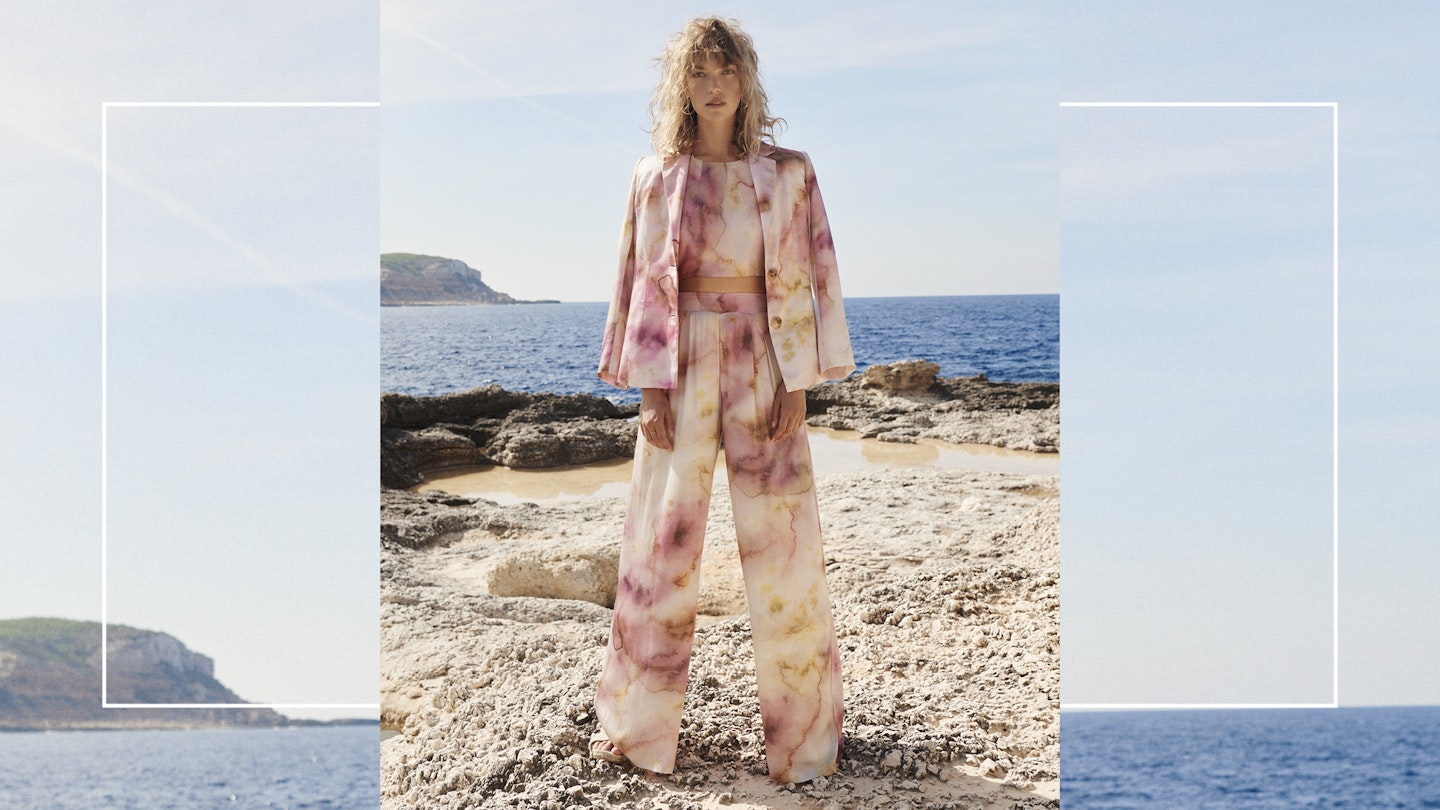To mark Earth Day, the model and activist reveals how she switched her focus from fashion to farming – and shares her ethical shopping tips.
As both a model and a climate activist, my relationship with clothes is complicated. When I started out in the industry, I was modelling the most coveted fashion in the world, helping to flog it to – well – you. But I realised that I didn’t know enough about these garments and the materials they were made from. I decided to educate myself.
Curiosity turned to obsession as I learned about fast fashion, supply chains and the awful effect the industry is having on the climate. I saw that everything we wear comes from the soil, grown by a farmer. I started volunteering on biodynamic farms and fell in love with the movement. Last year, I started a charity, Dirt, which is dedicated to the regeneration of soil.
Soil is a busy network of trillions of microorganisms. Healthy soil is magic stuff – moist, light and fluffy, teeming with life. But soil is in crisis, made toxic by chemicals we use in conventional agriculture. The fashion industry is particularly at fault here, with its monocropping, dyes and synthetic fertilisers. We all wear clothes and so we all take from the soil. But do we ever think about what we could give back?
I have made it my life’s mission to raise awareness about the climate emergency and the solution – biodynamic farming (a practice that doesn’t rely on chemical pesticides, instead focusing on how a farm can rejuvenate the life of the soil through methods such as composting, no tilling, and diverse crop rotations).
Not everyone has to dedicate their life to climate activism to make a difference. The first step is to become more mindful of consumption habits and the environmental impact of our purchases. What is this made of? To whom are we giving our money? Do we really need that polyester dress? What is the item’s lifecycle?
If the most sustainable garment is the one already in your wardrobe, the second most sustainable is the one that’s been in someone else’s. Buying vintage is always a climate-friendly option and, these days, with sites such as Depop, The RealReal, ThredUp and Vestiare Collective, it’s easier than ever. And nothing beats a rummage in a vintage shop – whenever I’m back in London, I make my way to Nordic Poetry, SK Vintage and One Scoop Store.
When buying new, spend a bit of time on Google deciphering the (often confusing) labels. Ask yourself: who grew this outfit? In what conditions? Choose natural fibres such as linen, organic cotton, silk, wool or hemp, as these are biodegradable and can be returned to nature at the end of the garment’s lifecycle. Look out for GOTS standard, indicating that the fibres have been grown organically, or the Demeter certification for biodynamic fibres.
Use your spending power for good by putting it behind brands with genuinely sustainable practices. Look out for B Corp Certification, meaning the company has undergone rigorous assessments to ensure it meets the highest environmental and ethical standards. The B Lab directory is a good place to find sustainable brands, as is rating site Good On You.
If this all sounds overwhelming, keep it simple. Spend a rainy Sunday on a date with your wardrobe. I promise you, you’ll find forgotten treasures. Is there anything that could be mended? Restyled? Customised? Look at your clothes with fresh eyes. There’s life in your wardrobe yet.
Visit dirt.charity for more information
Sustainable shopping favourites
Olistic the Label
‘This French brand has the last word on sustainable luxury, and does so with modern silhouettes, bohemian flair and innate femininity. Designed with natural, ethical materials such as peace silk (made without killing the silkworms as part of the process), wood fibres and upcycled luxury deadstock, its collections are created from 100% natural and organic-certified fibres.’
Just Female
‘Nordic minimalism, effortless chic. I love this Copenhagen-based brand’s bold colour palette. Clothes are made from planet-friendly fibres such as organic cotton, recycled polyester, recycled wool, lyocell or EcoVero.’
Another Tomorrow
‘My go-to for suits: these are investment pieces, made to last in organic cotton, Tencel and ethical wool. Each garment comes with a QR code detailing its supply chain journey.’
Yosuzi
‘The most beautiful straw hats known as 'Woma', woven by the people of Guajro in Venezuela and made from 100% Iraka palm straw. The perfect hat for a holiday – or the sunshine of Ibiza, where I live.’
One more thing…
‘My go-to sustainable retailers are the brilliant Rêve en Vert and Maison de Mode. When I’m looking for a vintage piece it’s Vestiaire Collective, and look out for Cercle, a soon-to-launch rental service.’
Photographer: Ezra Patchett, DA: Camille Jaillant, Daniela Agnelli, Make up artist: Barbara Urra, Place: Six Senses Ibiza
SHOP: The Best Vintage Sellers And Shops Online
 1 of 9
1 of 9Nina Gabbana Vintage
The source of Rihanna's blue Dior by John Galliano beaded choker, Nina Gabbana Vintage is run by Marie Laboucarié from her apartment in Paris. She mainly sells '90s and '00s pieces from designers including Dolce and Gabbana, Dior, Gucci, Fendi and more. Well, if it's good enough for Rihanna...
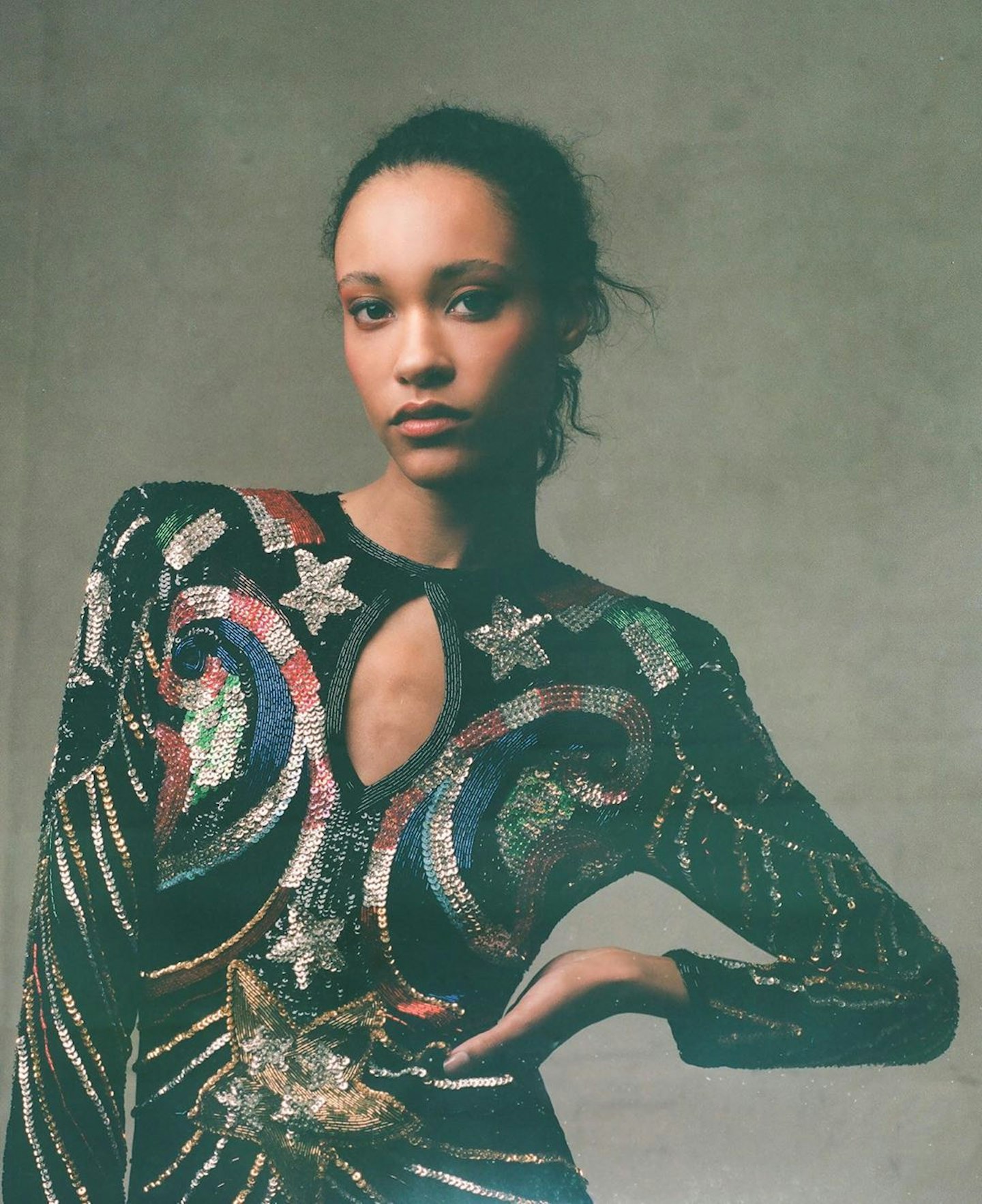 2 of 9
2 of 9May de Vere Vintage
If you're looking for a showstopper of an outfit that nobody else will have even seen, May de Vere is your answer. There are glittering sequined pieces, puff sleeve party frocks and wonderfully over-the-top, frothy concoctions with oversized bow details. There are more understated options, too, but it's almost impossible to resist the frills and flourishes on offer. Every piece is a one-off and can be purchased via Instagram.
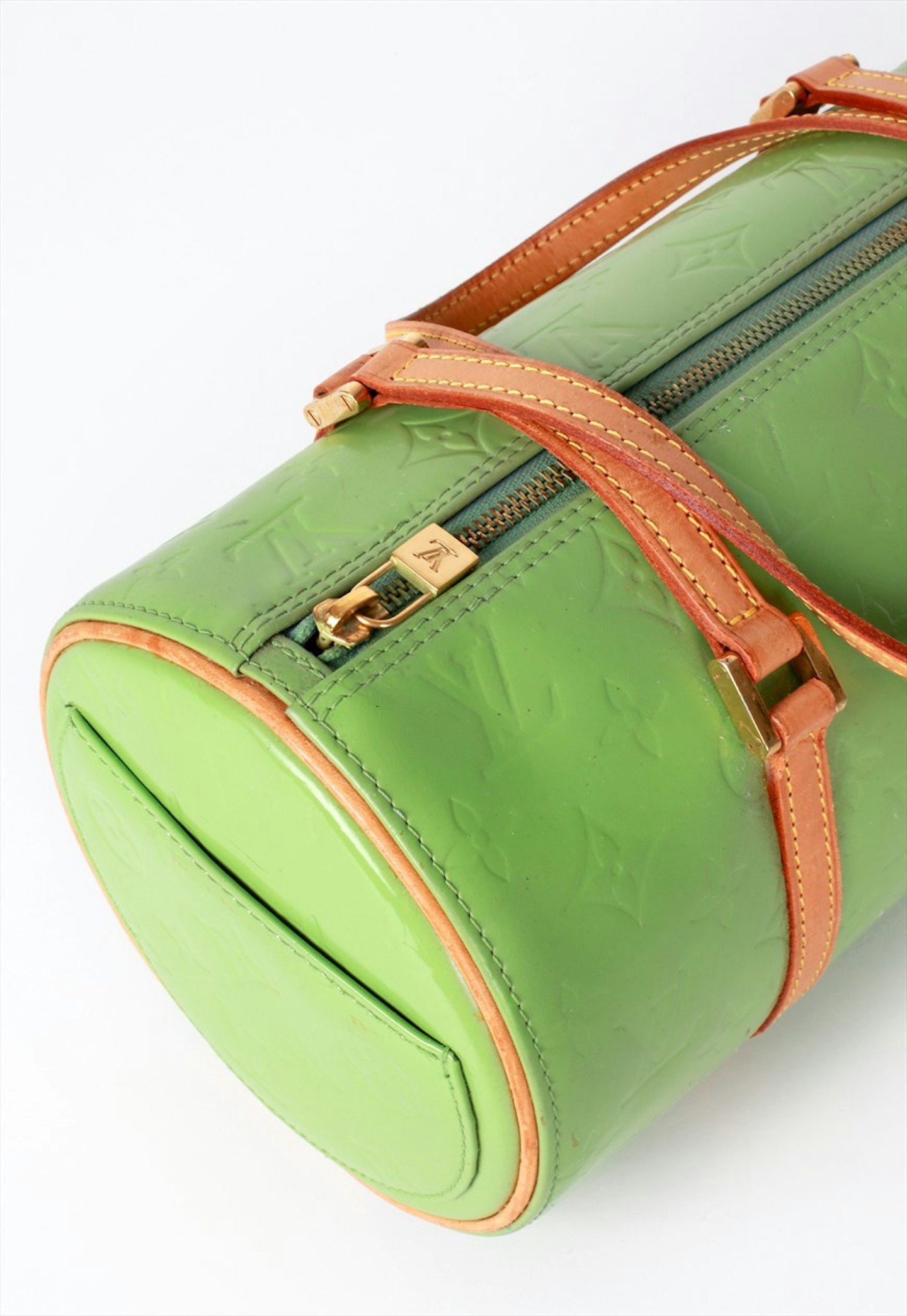 3 of 9
3 of 9ASOS Marketplace
While you might not think of ASOS as the most obvious choice when it comes to buying vintage, there are actually a number of brilliant sellers on the brand's Marketplace. It's one of the best places to look for pre-loved designer pieces, some of which are very affordable. While many of the boutiques are worth checking frequently, look out also for The Rare Edit, a a limited curated collection of rare designer vintage pieces. Follow @asosmarketplace on Instagram to keep tabs on when the next drop will happen.
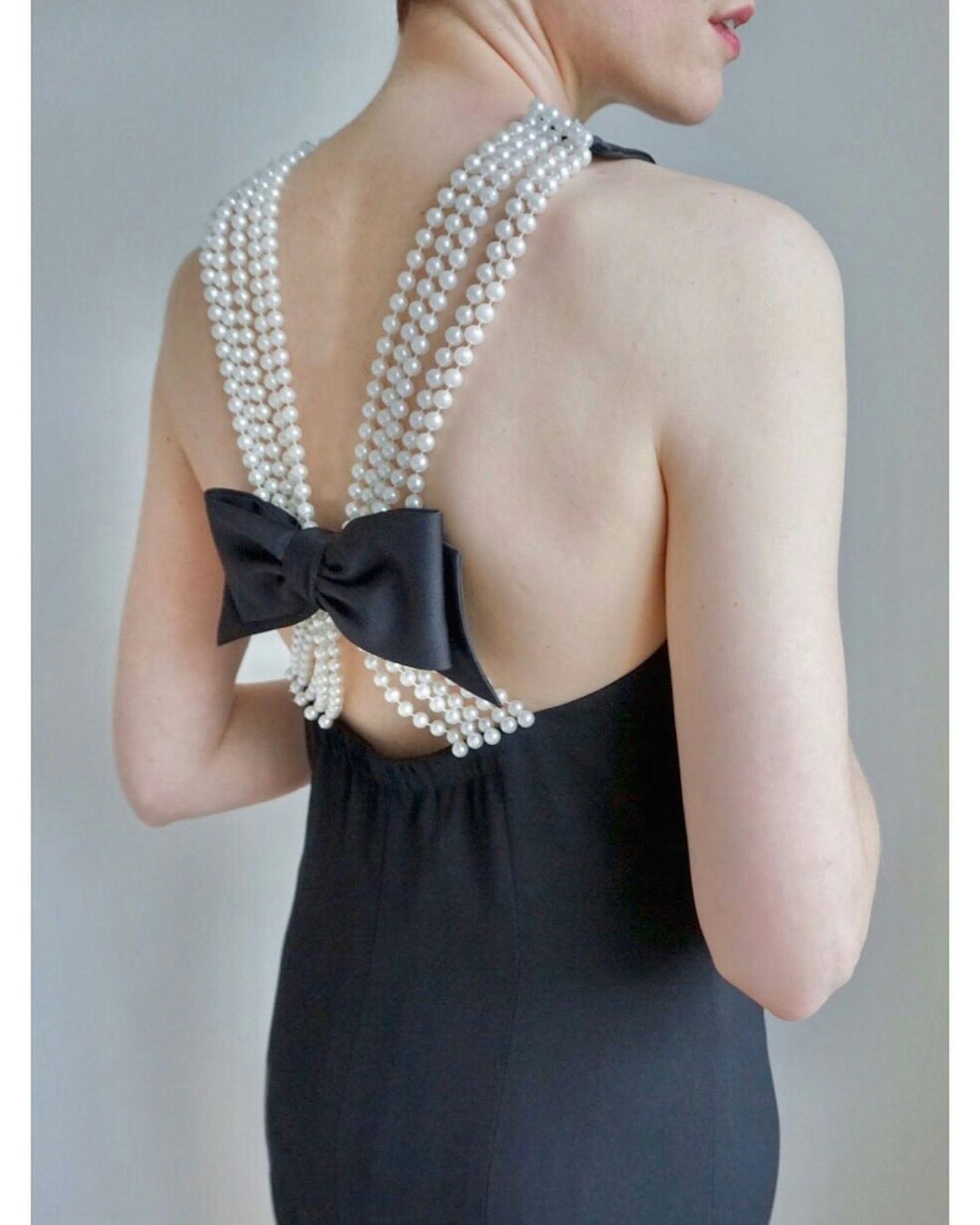 4 of 9
4 of 9Darling & Vintage
Cassie set up Darling & Vintage as a store on Etsy, where she still sells everything from embroidered 1950s jackets to sun dresses and '70s maxis. It's certainly worth following her on Instagram, however, where she announces new items for sale. Given the speed at which most of them tend to sell, it's best to keep a close eye on her posts!
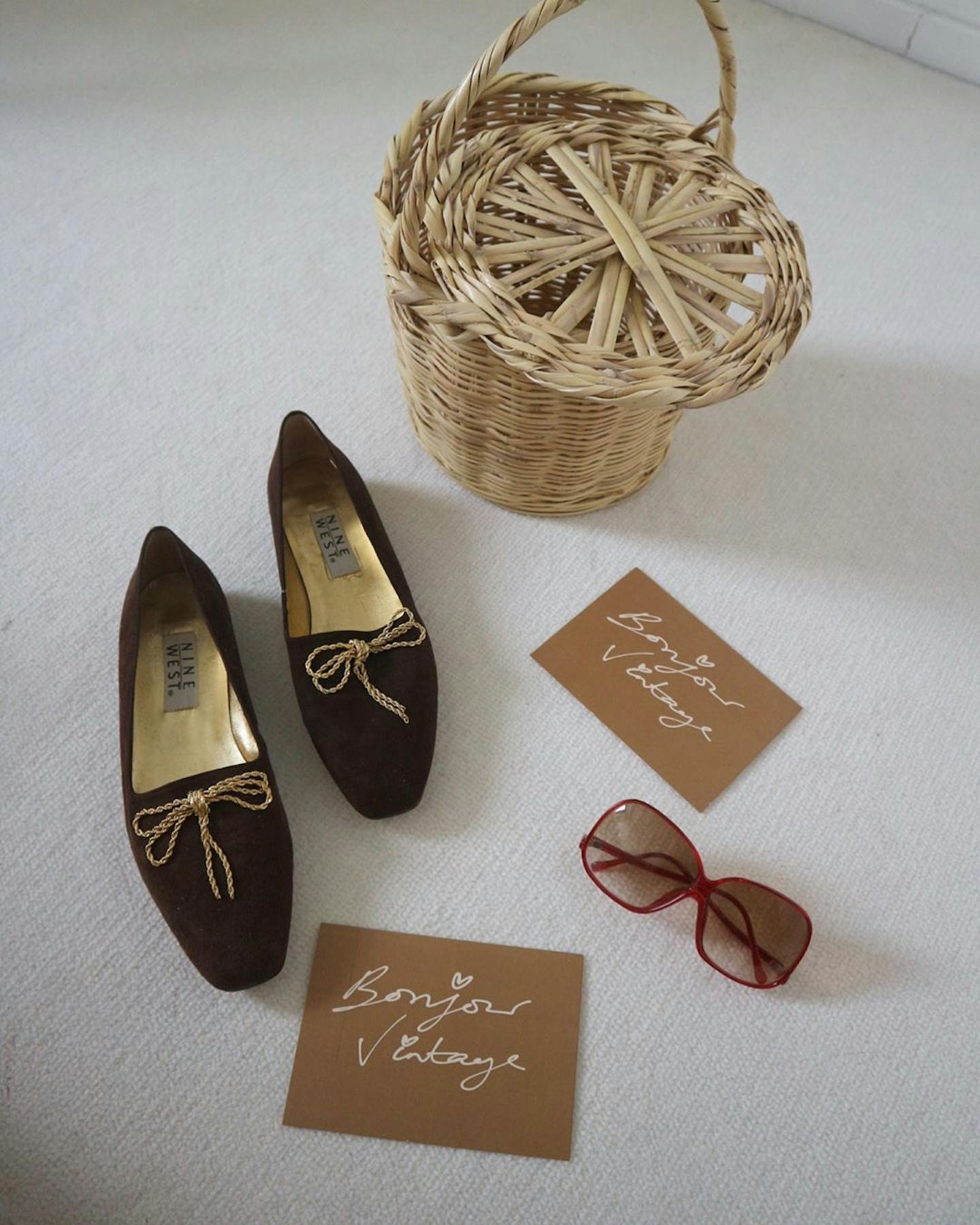 5 of 9
5 of 9Bonjour Vintage
A relatively new venture from influencer Rachael Clifton, this is a great Instagram account to follow if you're in the market for stand-out pieces you could wear every day. Think excellent accessories and statement jackets, all of which can be bought via DM.
 6 of 9
6 of 9A Virtual Vintage Market
Not only will you find live markets that you can follow via Instagram (a very welcome way to spend yet another day in lockdown), you'll also find information on independent sellers around the world, giving you plenty of options. One of the founders has also established Peony Vintage, which allows you to shop pieces directly from the website.
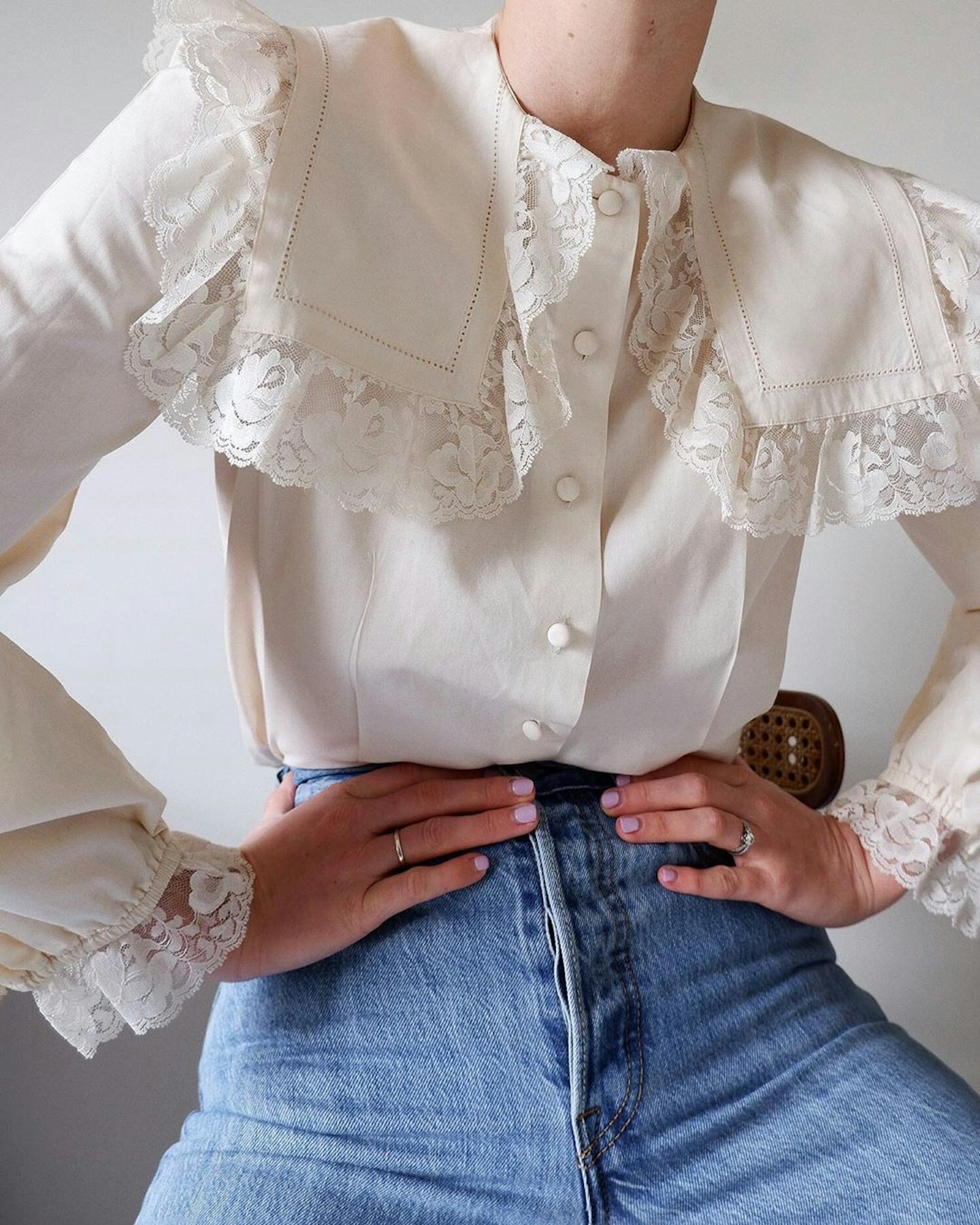 7 of 9
7 of 9Retold Vintage
Every piece is handpicked by owner Clare Lewis, who favours modern, directional pieces that are built to last. As well as clothes that work for every day, Retold also offers a personal shopping service for prospective brides.
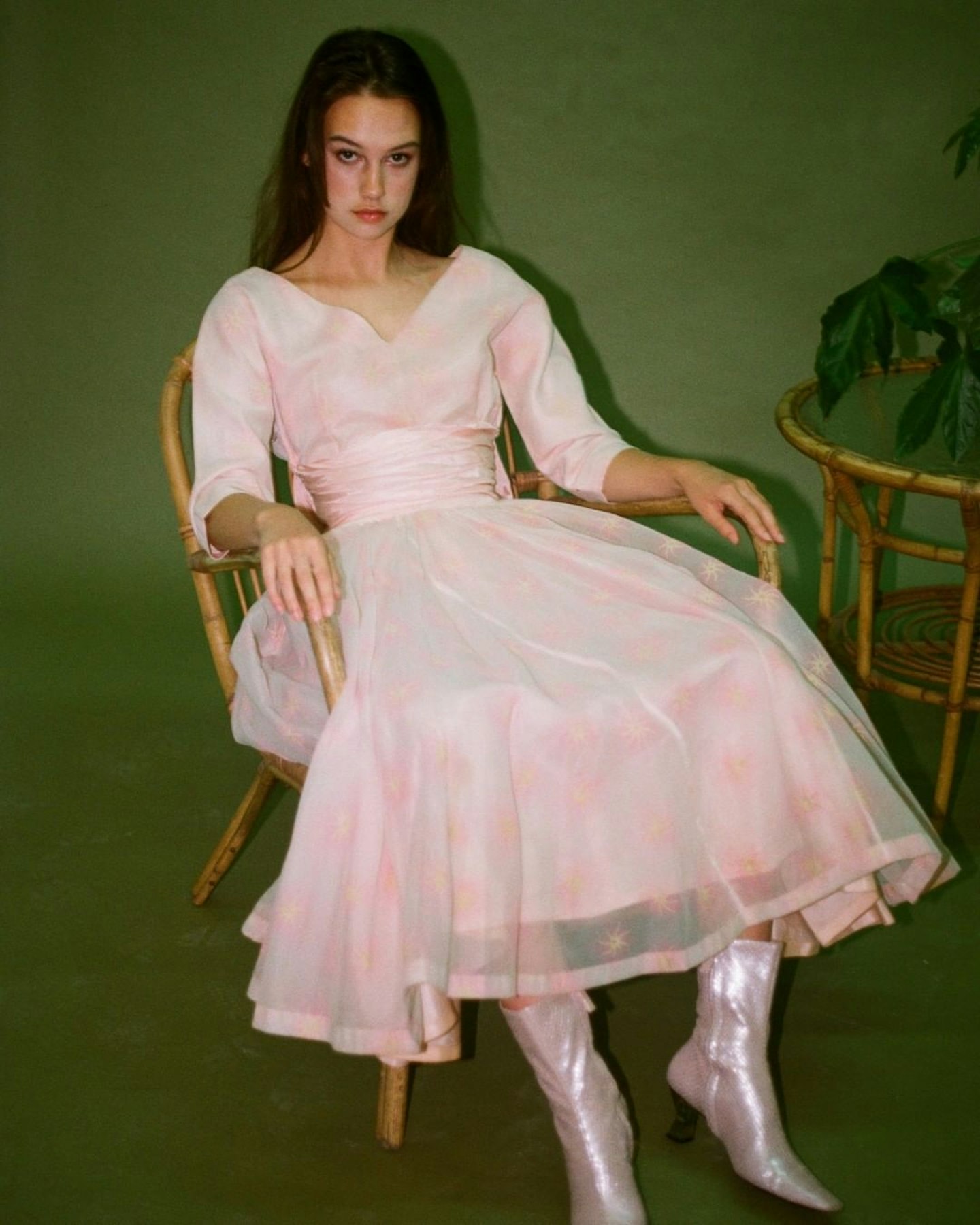 8 of 9
8 of 9Rokit Vintage
A vintage stalwart in London, Rokit is a treasure trove packed with everything from perfect party dresses to knitwear, shoes, belts and bags. If you can't find something you love here, then you're possibly just not looking hard enough. Best of all, there's something for every budget.
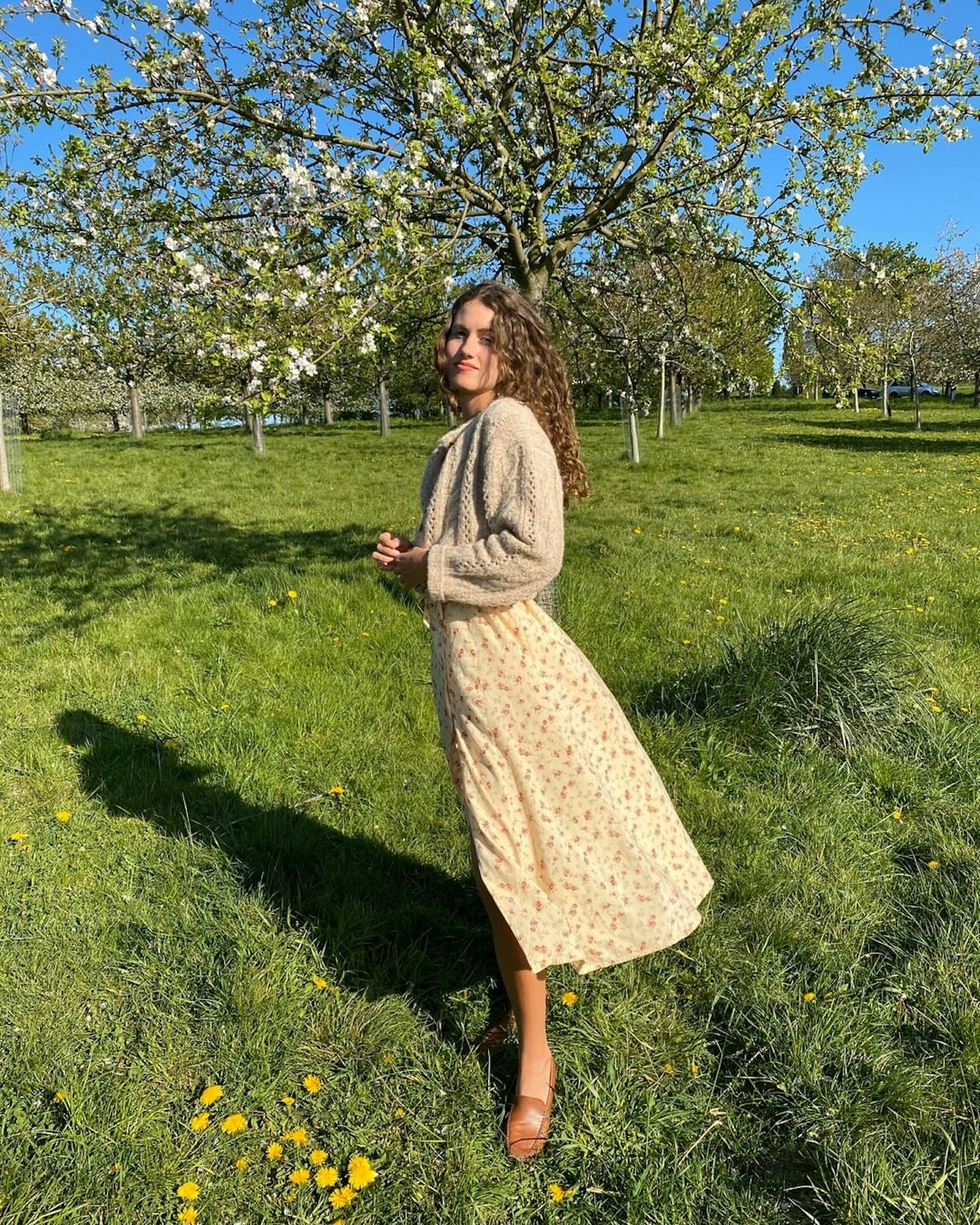 9 of 9
9 of 9Imparfaite Paris
Imparfaite offers a curated selection of pre-loved clothes and accessories from France's most beloved vintage shops. From Gucci bags to Levi's shorts, this is certainly the place to find pieces that will collect compliments and become some of your favourite clothes in your wardrobe.
